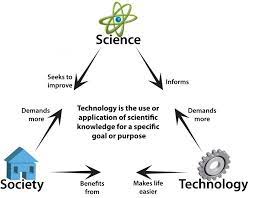Community maps can play a vital role in protecting children from extreme heat by providing important information and enabling strategic planning. Here are some ways in which community maps can help protect children from extreme heat:
- Identifying Heat-Prone Areas: Community maps can identify areas that are prone to extreme heat, enabling targeted efforts in those locations. Such maps can highlight neighborhoods or regions that historically experience higher temperatures or are susceptible to heat island effects.
- Heat Vulnerability Assessment: Community maps can incorporate various vulnerability factors such as socioeconomic status, age demographics, access to healthcare, and housing conditions. By overlaying these factors with heat-prone areas, it becomes easier to identify areas with a high concentration of vulnerable populations, including children.
- Mapping Cooling Centers: Mapping cooling centers, such as public buildings, libraries, community centers, and schools that are air-conditioned, can help parents and caregivers find safe places to take children during extreme heat events. These maps can provide details about operating hours, facilities, and contact information for each cooling center.
- Transportation Accessibility: Maps can include transportation options and accessibility information to help families plan how to reach cooling centers efficiently during extreme heat. This is particularly important for families without personal transportation.
- School Heat Preparedness: Integrating school locations into community heat maps helps in assessing the preparedness of educational institutions to handle extreme heat. Schools can be evaluated based on their cooling systems, shade availability, water access, and heat action plans.
- Heat-Related Health Facilities: Community maps can display the location of healthcare facilities, emergency rooms, and clinics equipped to handle heat-related illnesses. Parents can use these maps to quickly locate nearby medical assistance in case of heat-related emergencies.
- Educational Awareness: Community maps can incorporate educational content, such as tips on how to keep children safe during extreme heat, signs of heat-related illnesses, and preventive measures. Providing this information directly on the map can help in educating caregivers and parents.
- Heat Hazard Communication: Maps can display real-time or forecasted heat warnings and alerts issued by relevant authorities. This helps in ensuring that parents and caregivers are informed about impending extreme heat events, allowing them to take proactive measures to protect children.
- Crowdsourced Data and Feedback: Community maps can encourage residents to contribute data on local conditions during extreme heat, such as temperature observations, availability of shaded areas, and water sources. This crowd-sourced data can enhance the accuracy and usefulness of the maps.
- Community Engagement and Participation: Engaging the community in mapping initiatives fosters a sense of ownership and encourages active participation in heat resilience efforts. It empowers individuals to take actions to protect themselves and their families during extreme heat events.
By leveraging community maps for these purposes, local authorities, organizations, and residents can work collaboratively to enhance the safety and well-being of children during extreme heat events


